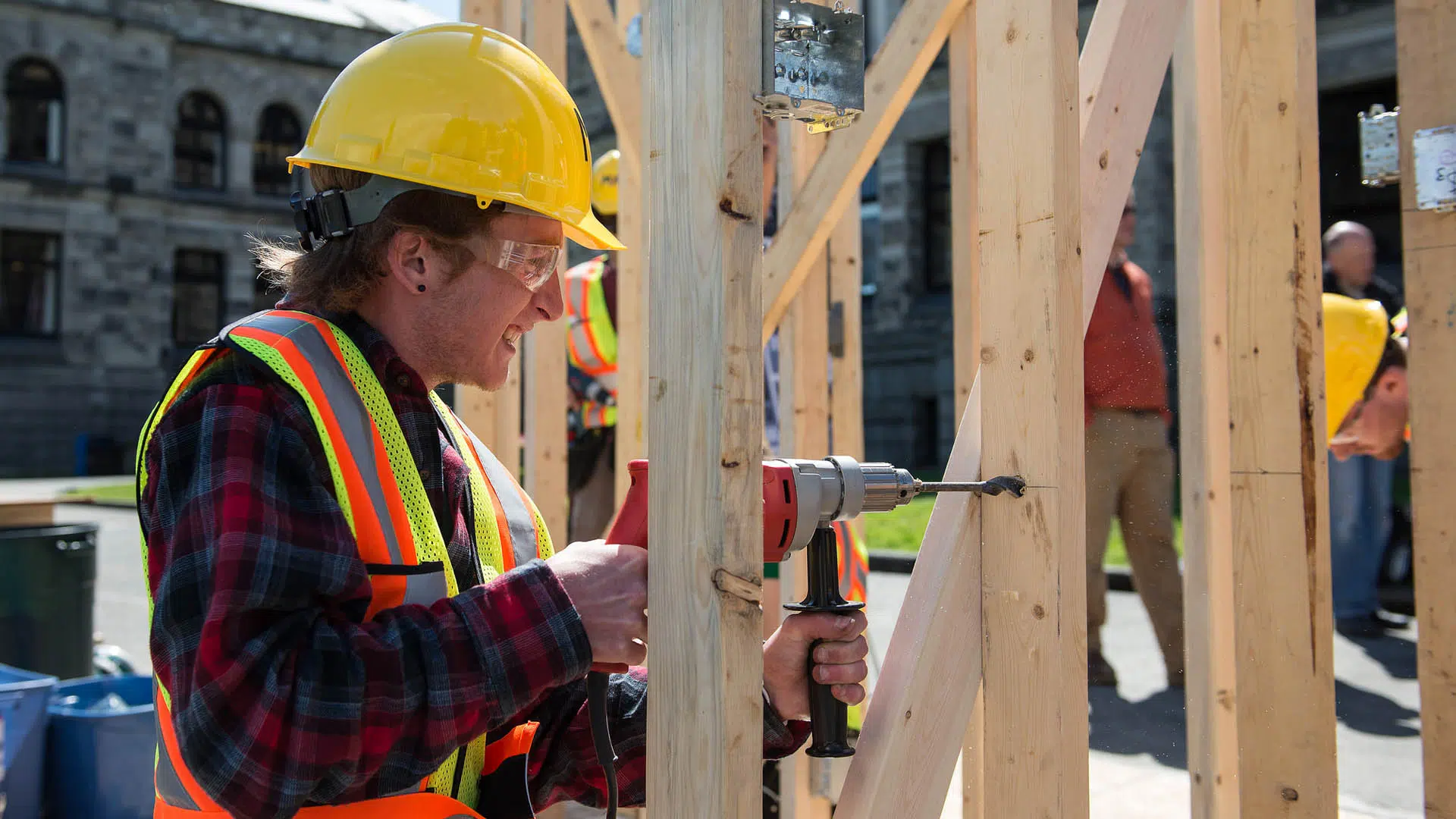
Real questions behind BC’s rosy job numbers
KAMLOOPS — Jobs, jobs, jobs. It is a phrase we hear dozens of times as the provincial election kicks into high gear.
Premier Clark claims that since 2011 the province is leading the nation when it comes to job growth, with 191,500 new jobs in BC. But are the numbers true?
Well, the truth of the matter is yes, Ms. Clark is statistically accurate and her figures are backed up by both Statistics Canada and BC Stats.
During the past year alone, 73,000 new jobs were created in BC and the Premier doesn’t waste anytime reminding people of her amazing job creation track record. But there is a little secret behind those numbers. What the Premier fails to point out is most of those jobs were created in the Lower Mainland and Victoria.


